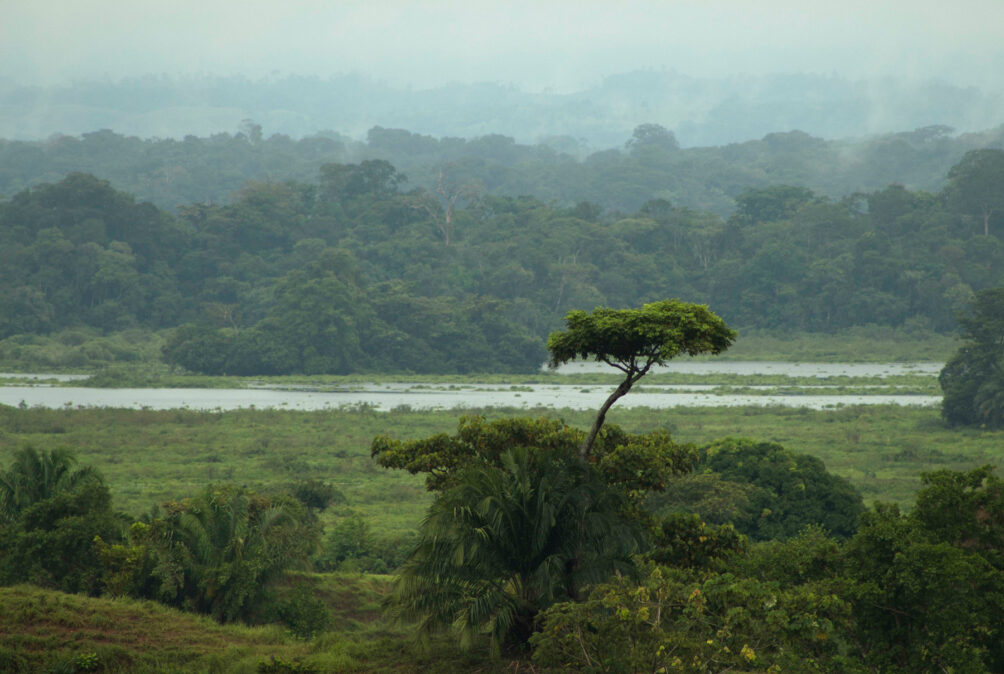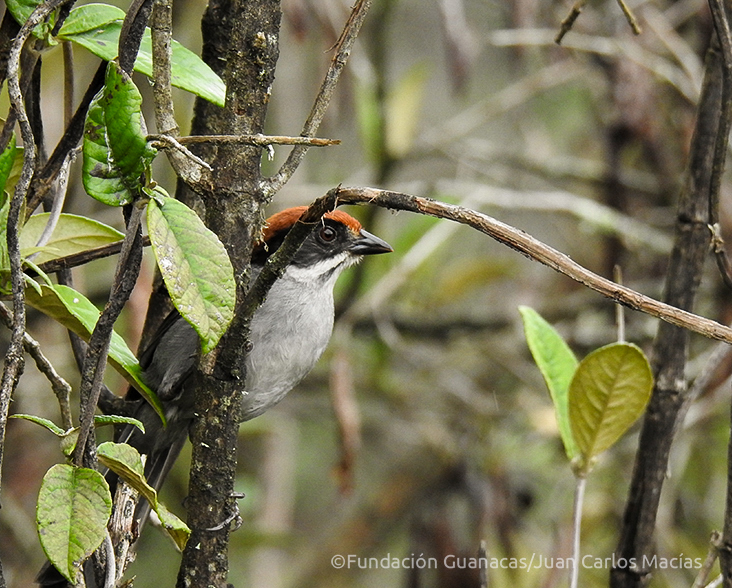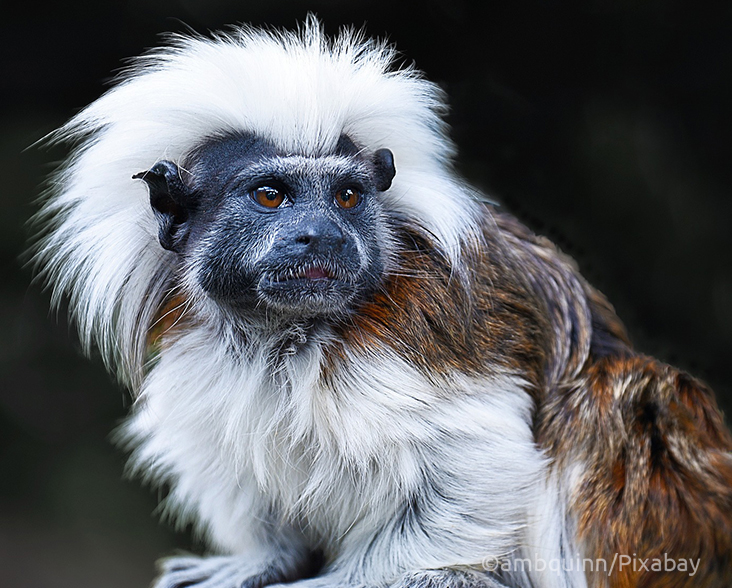Los Titíes de San JuanA WLT partner since 2022, Fundación Proyecto Tití has been working in the San Juan Nepomunceno area in northern Colombia since 2004 to safeguard the long-term future of the Cotton-top Tamarin—a Critically Endangered primate numbering just 2,000 individuals endemic to the forests of north-western Colombia.
The loss of the tamarin’s habitat due to deforestation has accelerated alarmingly in recent years, and poaching for the pet trade and zoos remains a threat despite legal protection. Since the peace agreement of 2016, the San Juan Nepomunceno area has been opened up for economic development, with forest cleared for cattle ranching, slash-and-burn agriculture and teak plantations, while selective logging degrades the forest that remains.
Created by Fundación Proyecto Tití through land purchase and management agreements, the Los Tities de San Juan reserve protects 439 ha (1,084 acres) of tropical dry forest adjoining the Los Colorados National Park. Along with the Cotton-top Tamarin, the reserve is home to 44 mammal species, 212 bird species, 20 amphibians, and 47 reptiles, including the Dahl’s Toad-headed Turtle (Critically Endangered), and over 200 plant species.
With WLT support, Fundación Proyecto Tití aims to purchase 40.6 ha (100 acres) to expand the Los Titíes de San Juan reserve and fund four field staff who will monitor and patrol the protected area.



